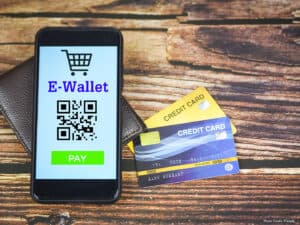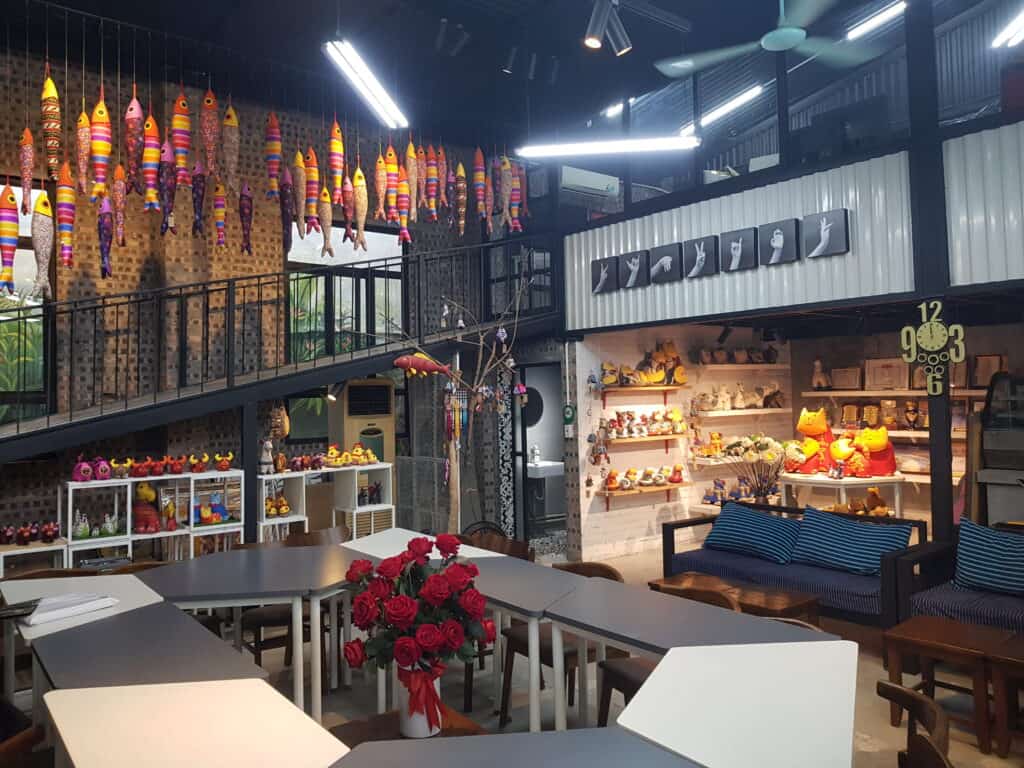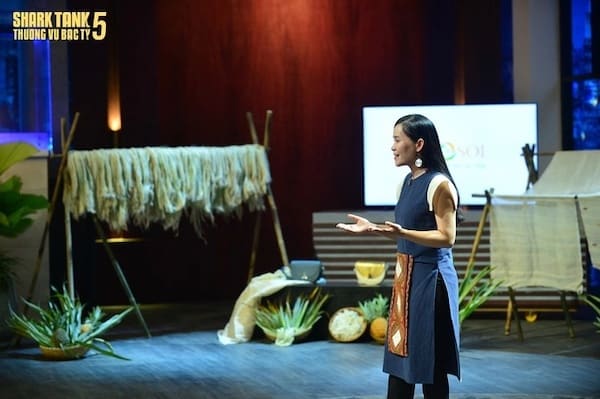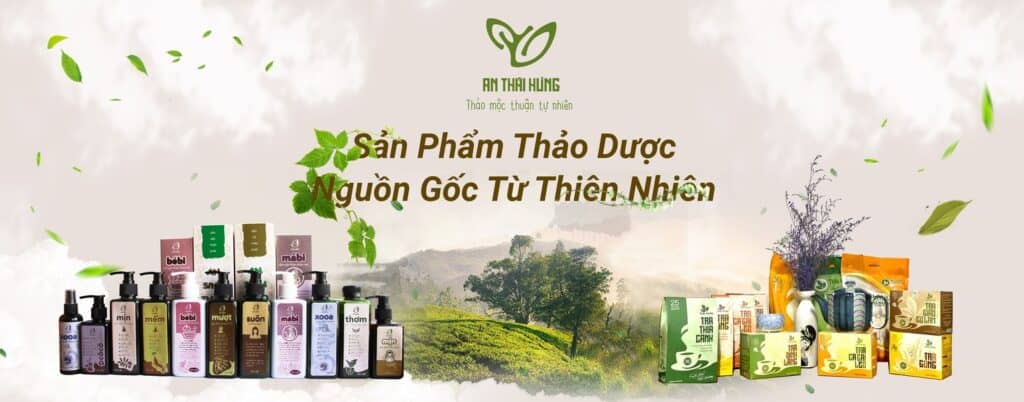I’m back from a 1-month mission with SwissEP in Vietnam. During this mission, I was matched with BizCare, a local for-profit accelerator which focuses on serving non-tech, SME, female founders, and social impact businesses. Together, we designed and launched one of Vietnam’s first female founder oriented mastermind groups.
Here are some interesting observations and insights that despite their specific context and examples, you might find applicable in your situation as well.
Innovations: E-wallets

The most noticeable difference is the prevalence of e-wallets in Asia.
To explain, in most countries, we have our Debit/Savings bank accounts and Credit Cards.
Why are e-wallets necessary then?
- Banks charge exorbitant overdraft fees.
- Most Debit accounts have minimum deposit requirements (to waive monthly fees) or maximum # of transactions (if on a free tier).
- With the ability to buy now, pay later. Credit cards facilitate uncontrolled spending (at least till your credit limit).
- Not all Debit/Credit Cards are portable to your Google Wallet (or equivalent) to be stored on your phone, and not all phones have NFC functionality. Hence it’s an extra card you need to carry in your wallet.
- Merchants don’t get paid out immediately for both bank/credit card transactions.
What are e-wallets and how do they work?
- Basically a digital account, much like a debit bank account. With no transaction limit, monthly fees, or overdraft. If you try to purchase without sufficient funds, it will simply decline.
- Merchants have a QR code that customers can scan to transfer money from one e-wallet into the other. Transaction is instantaneous and simple as most smartphones have a QR scanner (or can easily download one) + data connectivity.
- Some banks have started to adopt and offer e-wallet accounts as well because it helps them reach the underbanked:
- No credit history required.
- Allows banks to collect deposits with minimal risk and without needing to commit to paying out interest.
Case Studies:
Companies I got to work with/meet in Vietnam
Kymviet Cafe

A disable founder led Social Impact Business (SIB) that employs disabled people (mostly hearing/speaking impaired). They have a coffee shop, event space + textile factory where they produce customized gifts (bags, soft toys, etc.).
Their main client is the government who purchases the gifts for partners, respected guests, or other delegates that they meet.
Insight: For a product in the gifting category – they’ve done a good job identifying a client that repeatedly and frequently gifts.

ECOSOI

A female founder led SIB that uses pineapple leaves (byproduct from existing pineapple farming for consumption) and processes it into fibers (a.k.a. Pinafiber) that can be use in textile manufacturing – primarily in the form of yarn and fabric.
Pinafiber is not new nor innovative. ECOSOI however, is researching and developing new equipment that aims to improve efficiency, increase yield, and bring down the cost of processing.
Insight: As a raw material provider, they’re competing against a variety of alternative fibers. Their biggest being ramie fiber which cost half as much and is of equivalent quality. Ramie fiber is less sustainable as it requires the growing of crops to be harvested for the production of fiber (vs. pinafiber which is a byproduct). ECOSOI has learned that despite fashion brands seeking natural/more sustainable alternatives to their fibers, cost is still their main motivator when evaluating vendors.
I discussed different categories of competitive differentiation and positioning with them. Read this blog to understand the key categories of differentiation and how to distinguish yourself from your competitors.
Product/Service Differentiation: Does pinafiber dry more quickly? Is it easier to weave with? Is it easier to dye/holds colour better? In their case, there was no strong product differentiation and they had to look for an alternative way to stand out.
Customer Differentiation: Instead of catering to fashion apparel, perhaps they could go after other textile producers? Curtains, bedding, baby products, etc. I’m not an expert, but they could identify if there are specific textile products that are underserved by alternative fibers.
Operational Differentiation: ECOSOI was already actively exploring ways to reduce cost this with their processing R&D. This would enable them to offer lower minimum order quantities (MOQs), faster/free shipping, produce pre-cut fabrics, or flexible financing.
Brand Differentiation/Distinctiveness: Instead of being a raw material provider – with limited options for brand expression, shifting towards a more consumer-centric end product. This would allow them to price according to brand equity instead of cost. A comparable example in the fashion industry would be FIGS – fashionable scrubs for medical professionals. FIGS established unique brand distinction by catering towards an underserved customer segment: medical professionals who have never had the option of proper fitting, fashionable, and functional scrubs. This strategic segment of customers also have high disposable income and are willing to spend on better professional attire.

Bh. Nong

Another female founder led SIB which employs ethnic minorities in Hiệp Đức, a district of Quảng Nam province. Their primary products are made from locally farmed red rice (tea, crackers, flour, starch) and wild forest honey.
Their founder has done an amazing job cultivating a community of distributors who are also strong brand advocates.
Insight: Whilst their F&B product lineup is clearly oriented around their resources, it comes across disjointed to the consumer. Tea, flour, and even spaghetti are products they carry that aren’t commonly associated with each other. My encouragement to them was to emphasize clearer brand positioning based on inherent qualities of their material. e.g. diabetic/keto-friendly products or healthy tea/snacking. This would better guide them with product innovation and also help better attract specific customers or improve cross-sales. A consideration for them: Could they position to best serve a product category with repeat/frequent use?
Example: They could cater towards corporate offices/co-working spaces by providing healthy snacking options. This would open up the possibility of recurring and more predictable revenue through snacking subscriptions.
GoodC

They sell processed fish paste (from a type of belt fish if I’m not mistaken), commonly prepared as a fried fish dish (Chả Cá) sold at streetside snack stalls. Their product has the advantage of being sustainably caught and cost less to process (ergo better margins); however, as a raw material, they faced a similar challenge to ECOSOI in that they have to sell into a saturated market with a lot of existing alternative vendors. With that in mind, they decided to focus on their brand and the experience around consuming their product. They started with mobile food carts and leaned heavily into educating people on the different type of fish they used and the stories of the fishermen.
Insights:
Look/Listen, Stop, Try, Buy (LSTB) is the acronym I coined for their “retail” funnel (applies to any business that has a physical presence).
| Look/Listen | How do you catch their attention? | -Visual with a mascot, flag, bright designs, etc. -Audio with the right messaging. -Olfactory with a savory smell. |
| Stop | How can you get more people to pause in front of your cart/store? | -Location with busy foot traffic and enough space to accommodate a crowd if people decide to stop. -Preferably situated near exit/entry points of a market or bottleneck areas. -Or locating themselves near beer garden style restaurants as a good snack option. -What messaging will get people to stop in their tracks? How do you approach people? e.g. FREE SAMPLE! |
| Try | What can you do to give them a sample of the experience? | -Video display showcasing the fisherman’s story. -Handing out the free samples: Finger food friendly (bite-sized, simple, clean, not messy). |
| Buy | Going from a sample to a sale | -Newly launch promo. -Bulk order discounts. -Stamp card to track returning customers (Helps with identifying customer lifetime value (LTV)) |
Buy one (or 2/more) give (not get) one campaign: is an idea that would get more people to Stop and encourage more people to Try and Buy.
If someone bought a product, instead of a traditional BOGO promotion (Buy One Get One), they could give one free product to the next passerby on the spot.
Stop: Facilitates natural word-of-mouth as they’re now outsourcing the responsibility for pulling in a crowd. Activity like this would also encourage more people to pause and investigate what the hype is all about.
Try: Encourages people try a sample of what they’re being given for free.
Buy: Buyers feel rewarded with a sense of goodwill as they are giving something to someone else. Those that receive also feel the social pressure to pay-it-forward by buying another product to give to someone else as well.
Yes, there’s a cost to giving one out with every sale. But it’s not additional capital that needs to be spent (e.g. ad budget) since they already have inventory surplus that they’re worried about not clearing out (especially because food also has an expiration date).
VGreen

Kombucha, a beverage that’s gaining popularity in Vietnam. They’re not the first, nor the only vendor in the market.
Insight: Despite the added health benefits, they were pricing at the level of a tea/coffee-type product. Longer fermentation windows and stricter production methods meant that they had more than twice the costs. I encouraged them to shift from comparing themselves against beverages for the average consumer (trying to make themselves accessible to everyone) towards positioning to be more similar to beer (not as a beverage for intoxication, but more for the product method and complexity of taste) or yoghurt. Going after a more affluent persona would enable them to increase their price and cater to their customer’s lifestyle choice and personal identity.
They could even partner up with gym, yoga studios, corporate offices, or co-working spaces to install a kombucha tap which the institution would pay for their upkeep.
An Thai Hung

Best known for their traditional herbal tea, but they also carried a disjointed variety of products like essential oils, cosmetics, floor cleaners, dishwashing liquid, laundry detergent.
Insight: Their main debate was focusing on their tea product vs. production and manufacturing. They were interested in the latter because they had recently completed a second factory and a bulk of their existing revenue came from contract manufacturing, but didn’t know how to clearly position themselves if they pursued that route.
Exposed them to the idea of positioning themselves as Vietnam’s leading natural product ODM (Original Design Manufacturer). This would align with their ethos, approach, and resources around product manufacturing.
If you enjoyed this read, here are more lessons from my trip:

Pingback: The Asian Entrepreneurial Mindset - ClassyNarwhal
Pingback: Competitive Differentiation/Distinction - ClassyNarwhal
Pingback: Observations and Lessons from Vietnam's Startup Ecosystem - ClassyNarwhal
Pingback: Lessons from Dr. Thang Dam Quang - ClassyNarwhal
Pingback: Advisory Email - May-Aug 2023 - ClassyNarwhal
Pingback: 2023 year in review - ClassyNarwhal